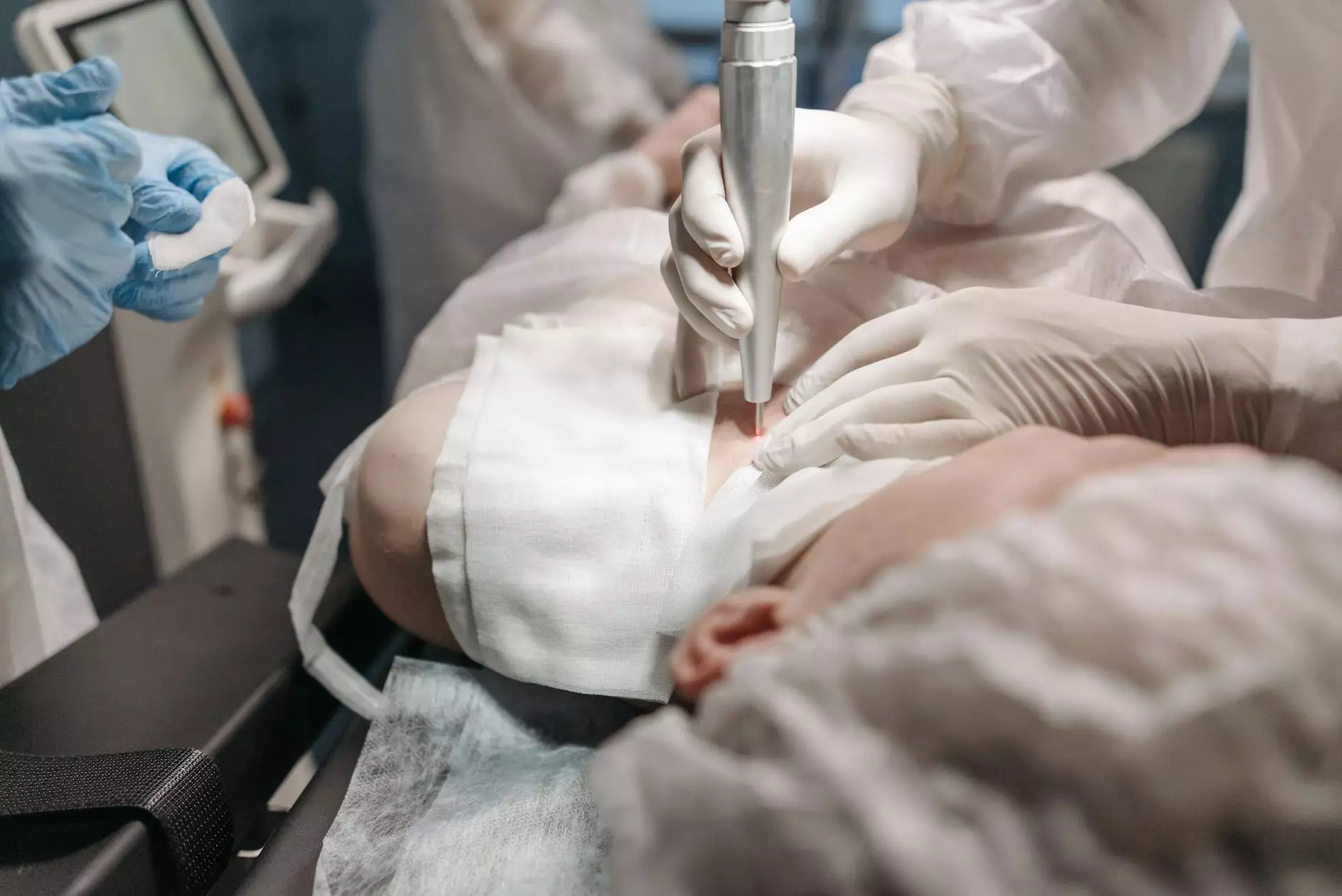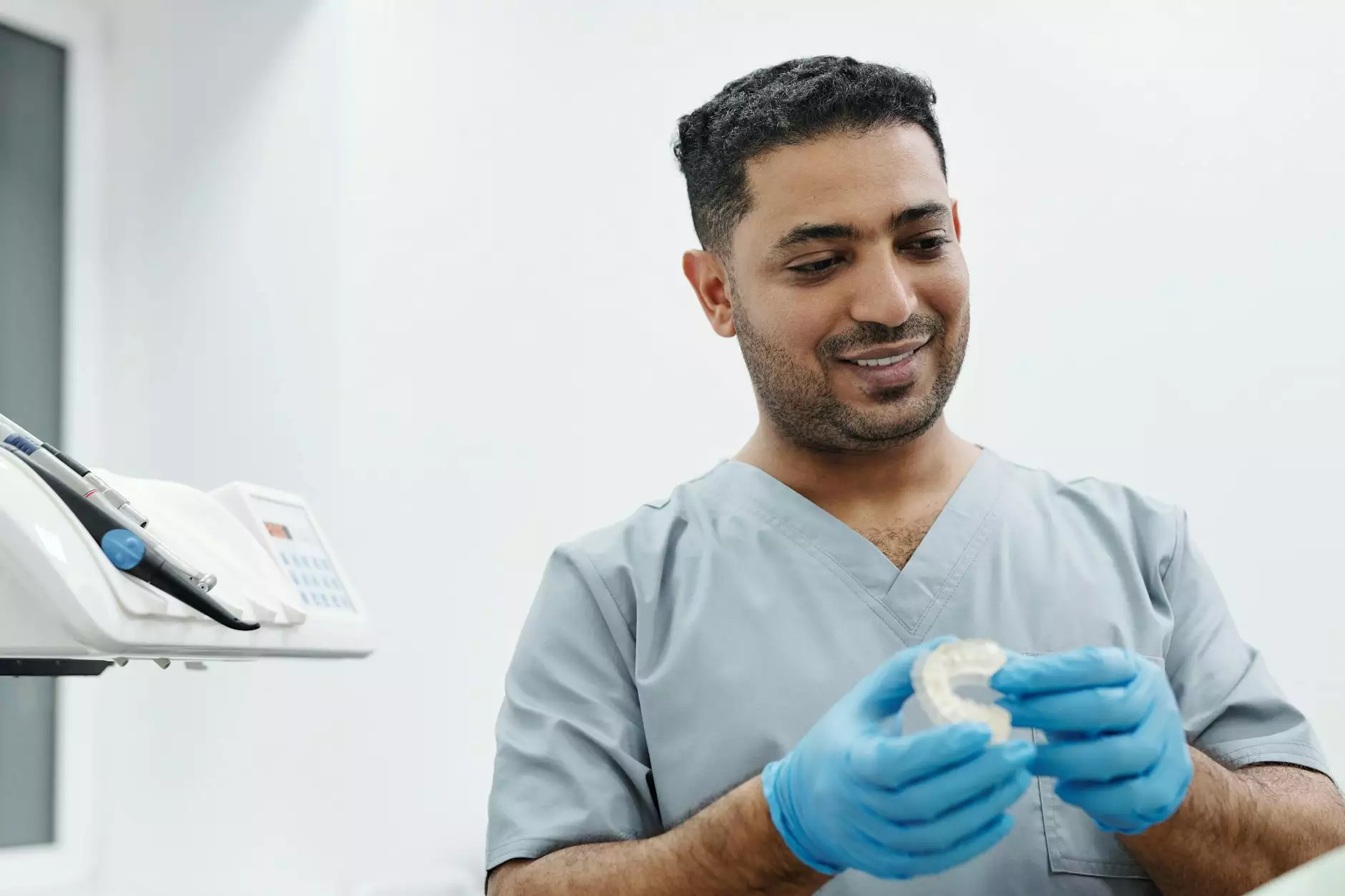Understanding Unilateral Oophorectomy Surgery: A Comprehensive Guide

The field of gynecological health is vast, encompassing a variety of surgical procedures aimed at addressing women's health issues. Among these is the unilateral oophorectomy surgery, a procedure that can be a critical component in managing certain health conditions. This article delves deeply into what this surgery entails, its indications, the procedure itself, potential risks, and the recovery process, thereby aiding patients and their families in making informed decisions.
What is Unilateral Oophorectomy?
A unilateral oophorectomy is a surgical procedure that involves the removal of one ovary. The ovary is the organ responsible for producing eggs and hormones such as estrogen and progesterone. This surgery is typically performed when there are medical concerns affecting one ovary, such as tumors or cysts. Understanding the rationale for this surgical intervention is crucial for both the healthcare provider and the patient.
Indications for Unilateral Oophorectomy
- Ovarian Tumors: The presence of benign or malignant tumors can necessitate the removal of the affected ovary.
- Ovarian Cysts: Large or persistent cysts that do not respond to medical treatment may require surgical intervention.
- Endometriosis: This condition, characterized by the growth of endometrial tissue outside the uterus, can sometimes affect the ovaries, causing pain and complications.
- Other Health Issues: Examples include pelvic inflammatory disease or torsion of the ovary, which may lead to the need for a unilateral oophorectomy.
The Unilateral Oophorectomy Procedure
Undergoing a unilateral oophorectomy surgery typically follows a specific series of steps, often performed by an obstetrician-gynecologist. Here’s an overview of the surgical process:
Preparation for Surgery
Before the surgery, extensive preoperative evaluations are conducted. This includes:
- Medical History Review: Understanding the patient’s medical history, previous surgeries, and current medications.
- Imaging Tests: Ultrasounds or CT scans may be required to assess the condition of the ovaries and the surrounding structures.
- Laboratory Tests: Blood tests to evaluate overall health and identify any potential complications.
- Consultation: Discussing the procedure, its risks, benefits, and any concerns with the surgeon.
The Surgery Itself
On the day of the surgery, the patient is typically given general anesthesia. The procedure can be performed through:
- Open Surgery: Involves a larger incision in the abdomen. This method may be necessary depending on the individual case.
- Laparoscopic Surgery: A minimally invasive technique that uses small incisions and a camera, resulting in less pain and quicker recovery.
During the procedure, the surgeon locates the affected ovary, carefully removes it, and ensures the surrounding tissues are healthy. After removal, the surgeon may perform a biopsy on the ovarian tissue if necessary.
Postoperative Care
Post-surgery, patients are monitored as they recover from anesthesia. Care instructions include:
- Pain Management: Medications to manage discomfort.
- Activity Restrictions: Avoiding strenuous activities and heavy lifting for a specified period.
- Follow-Up Appointments: Ensuring proper healing and discussing pathology results if a biopsy was taken.
Recovery After Unilateral Oophorectomy Surgery
The recovery process following a unilateral oophorectomy can vary based on the type of surgery performed (open vs. laparoscopic) and the individual’s overall health. Most patients can expect:
- Hospital Stay: Typically 1 to 2 days, depending on the type of surgery and the patient's recovery rate.
- Return to Normal Activities: Many women can resume light activities within a week; however, full recovery may take a few weeks.
- Monitor Surgical Site: Keeping an eye out for signs of infection, such as increased redness, swelling, or pus.
Potential Risks and Complications
As with any surgical procedure, unilateral oophorectomy carries certain risks, including:
- Infection: A risk associated with any surgical procedure.
- Bleeding: Some patients may experience excessive bleeding during or post-surgery.
- Damage to Surrounding Organs: Though rare, there’s a possibility of damage to nearby organs such as the bladder or intestines.
- Hormonal Changes: Removal of one ovary can affect hormone production, leading to symptoms like hot flashes or mood changes, though typically less severe than with a bilateral oophorectomy.
Emotional and Psychological Considerations
Women facing a unilateral oophorectomy surgery may experience a range of emotions. Depending on the reason for surgery and the personal circumstances surrounding it, emotional responses can vary. Support from healthcare providers, family, and counseling can be vital during this time.
Support and Resources
There are several resources available for women who have undergone or are considering a unilateral oophorectomy:
- Support Groups: Connecting with other women can provide emotional comfort and shared experiences.
- Counseling Services: Professional support can assist in dealing with emotional reactions and adjusting to changes.
- Educational Materials: Resources from reputable medical organizations can improve understanding of the procedure and recovery.
Conclusion
Unilateral oophorectomy surgery is an important surgical option for addressing specific gynecological issues. Understanding the procedure, its benefits, and potential risks can empower patients to make informed health care decisions. At drseckin.com, we aim to provide comprehensive resources and support for women navigating their health care choices, ensuring they feel empowered and informed every step of the way.
For more information or to schedule a consultation, please reach out through our website. We are dedicated to your health and well-being.









